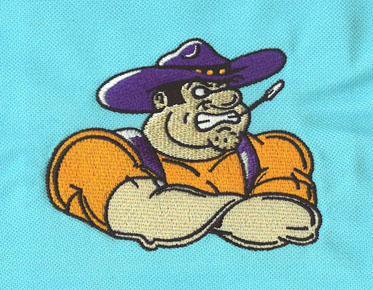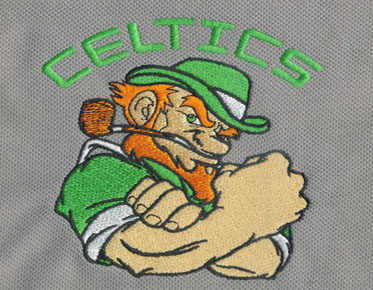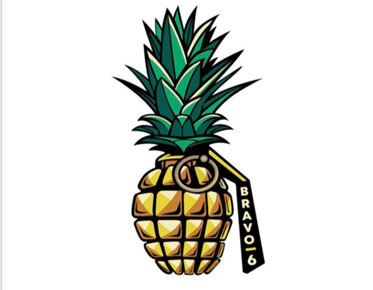What is the Embroidery Digitizing Process | Eagle Digitizing
Embroidery digitizing is the process of converting an image or design into a digital format that can be read by an embroidery machine. It is a crucial step in the embroidery process, as it determines the quality and accuracy of the final embroidered product. In this article, Eagle Digitizing will explore how the digitizing process works and what factors affect its outcome.
Steps of Digitizing Process
Step 1: Obtaining the Design
The first step in digitizing is obtaining the design. This can be a logo, image, or any other design that the customer wants to embroider on their garments. The design should be of high resolution and good quality to ensure that the digitizing process can accurately capture its details.
Step 2: Scanning and Digitizing
Once the design is obtained, it needs to be scanned and digitized using specialized software. The digitizing process involves breaking the design down into individual stitches and determining the stitch type, direction, and density. The digitizer uses the software to create a digital file that contains the instructions for the embroidery machine to follow.
Step 3: Testing and Refining
After the design is digitized, it needs to be tested on a sample fabric to ensure that it is accurate and of high quality. The digitizer will make adjustments as necessary to ensure that the final embroidery matches the original design as closely as possible. This step is crucial, as it helps to avoid mistakes and ensure that the final product meets the customer's expectations.
Factors Affecting the Digitizing Process
Several factors can affect the digitizing process and the quality of the final embroidery. These include:
The Complexity of the Design - More complex designs require more stitches, which can affect the quality of the final embroidery digitizing. The digitizer needs to carefully analyze the design and adjust the stitch type and density accordingly.
The Type of Fabric - Different fabrics require different stitch types and densities to ensure that the embroidery looks good and does not damage the fabric. The digitizer needs to be familiar with the properties of different fabrics and adjust the digitizing accordingly.
The Thread Colors - The digitizer needs to choose thread colors that accurately match the colors in the original design. This requires a good understanding of color theory and an eye for detail.
The Embroidery Machine - Different embroidery machines have different capabilities and limitations. The digitizer needs to be familiar with the machine and adjust the digitizing accordingly.
Eagle Digitizing - Professional Digitizing Services
Eagle Digitizing is a professional digitizing service that offers high-quality digitizing services for all types of embroidery designs. With years of experience in the industry, Eagle Digitizing has built a reputation for quality, speed, and affordability. They use the latest software and technology to ensure that their embroidery designs are accurate and of the highest quality.
In conclusion, the digitizing
process is a crucial step in the embroidery process that requires expertise and
precision. With Eagle Digitizing's professional digitizing services, customers can be assured of high-quality
digitized designs that accurately represent their brand or design.



